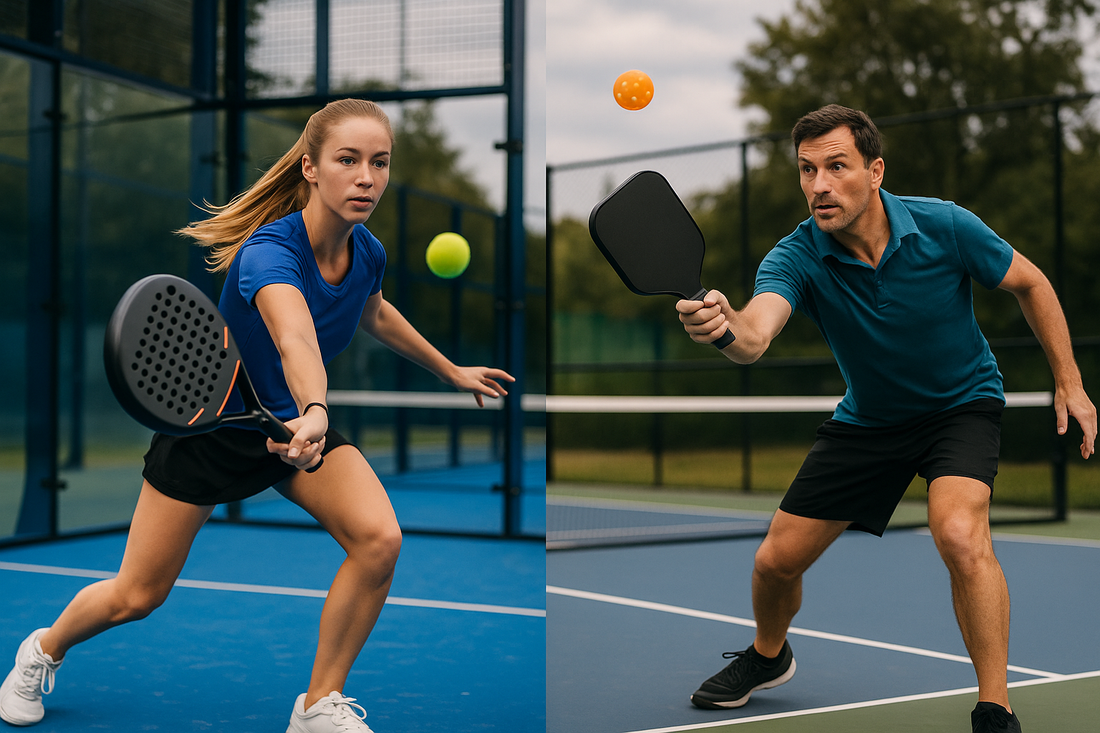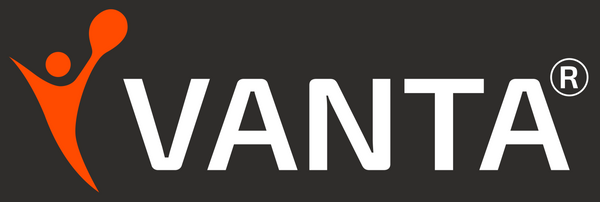
Padel vs Pickleball: What’s the Difference and Which Should You Try First?
Introduction
Padel and pickleball are two of the fastest-growing racket sports in the UK. Both combine elements from tennis, badminton, and squash, yet they’re very different in how they’re played and who they appeal to. If you’re wondering padel vs pickleball, this guide will break down the essential differences, rules, and which might suit you best as a beginner.
What Is Padel?
Padel originated in Mexico in the 1960s and has since become hugely popular across Spain and Europe. It’s played predominantly in doubles on a court roughly one-third the size of a tennis court. The distinctive feature is the use of glass and metal walls around the court, allowing the ball to be played off them, adding a strategic dimension similar to squash.
Key Padel Rules
- Played mainly as doubles
- Scoring follows traditional tennis (15, 30, 40, deuce)
- Balls can rebound off walls after the bounce
- Serve is underarm and diagonally opposite
- Rackets are solid with no strings; perforated surface
Padel’s pace and use of walls demand anticipation and positioning, making rallies engaging but slightly more complex for brand-new players.
What Is Pickleball?
Pickleball was developed in the 1960s in the US and combines elements of badminton, tennis, and table tennis. It is played on a smaller court than both tennis and padel, without walls, and uses a plastic ball similar to a wiffle ball.
Key Pickleball Rules
- Can be singles or doubles, doubles is more common
- Scoring is rally-based (only serving side scores)
- Serve is underhand and diagonally opposite
- Ball must bounce once on each side before volleys allowed
- Paddle is solid, typically made of composite or wood
Pickleball’s slower ball and simple scoring system often make it a favourite for beginners and mixed-age groups.
Padel vs Pickleball: Core Differences at a Glance
| Feature | Padel | Pickleball |
|---|---|---|
| Court | 20m x 10m, enclosed walls | 13.4m x 6.1m, no walls |
| Ball Speed | Faster, similar to tennis | Slower, due to perforated plastic balls |
| Racket/Paddle | Solid with holes, smaller than tennis | Solid paddle, bigger surface than padel |
| Play Style | Strategic wall play, fast reflexes | Quick rallies, emphasis on placement |
| Popularity UK | Increasing, backed by tennis clubs | Growing rapidly in community centres |
| Learning Curve | Moderate, requires adjusting to walls | Lower, easier for total beginners |
Checklist: Which Sport Should You Try First?
- Look for local clubs offering both sports
- Consider your fitness level: Padel requires quicker lateral movement
- Social aspect: Both predominantly doubles, great for meeting people
- Interest in wall play: If yes, try padel
- Preference for slower pace & tactical rallies: Pickleball might suit better
- Equipment accessibility: Pickleball gear is usually cheaper to start with
- Age & mobility: Pickleball is often easier on joints and suitable for older players
Common Mistakes Beginners Make
Padel
- Standing too close to the net early on, reducing reaction time
- Forgetting you can use the walls strategically
- Trying tennis-style power shots, which often leads to errors
Pickleball
- Serving overhand (illegal in pickleball)
- Volleys before the ball bounces on each side once
- Ignoring the non-volley zone (‘kitchen’), leading to faults
Pro Tips to Improve Quickly
Padel
- Master underarm serves to set up points
- Use wall rebounds to create angles and space
- Communicate constantly with your partner
Pickleball
- Focus on dinks and drop shots in the kitchen zone
- Practice consistent, soft serves to reduce unforced errors
- Develop quick reflexes for fast volleys at the net
FAQs
Q: Can I play both Padel and Pickleball with the same racket?
A: No. Padel rackets are smaller and solid with holes, while pickleball paddles are larger and heavier. Each sport requires its specific gear.
Q: Which sport is easier to pick up for absolute beginners?
A: Pickleball tends to have a gentler learning curve due to its slower ball and simpler rules, making it suitable for beginners and older players.
Q: Where can I play these sports in the UK?
A: Both sports are rapidly growing. Look for dedicated padel courts often attached to tennis clubs, while pickleball courts are frequently available at community sports centres and leisure clubs.
Ready to get started? Whether you’re seeking fast-paced wall rallies or easy-to-learn tactical volleys, both padel and pickleball have a place in your racket sport repertoire.
Still deciding which sport to try first? Explore our guides Pickleball for Beginners and The Ultimate Beginner’s Guide to Padel for expert tips on getting started. Ready to improve your serve and strategy? Don’t miss Pickleball Serves 101 for step-by-step techniques. Find your adVANTAge.
